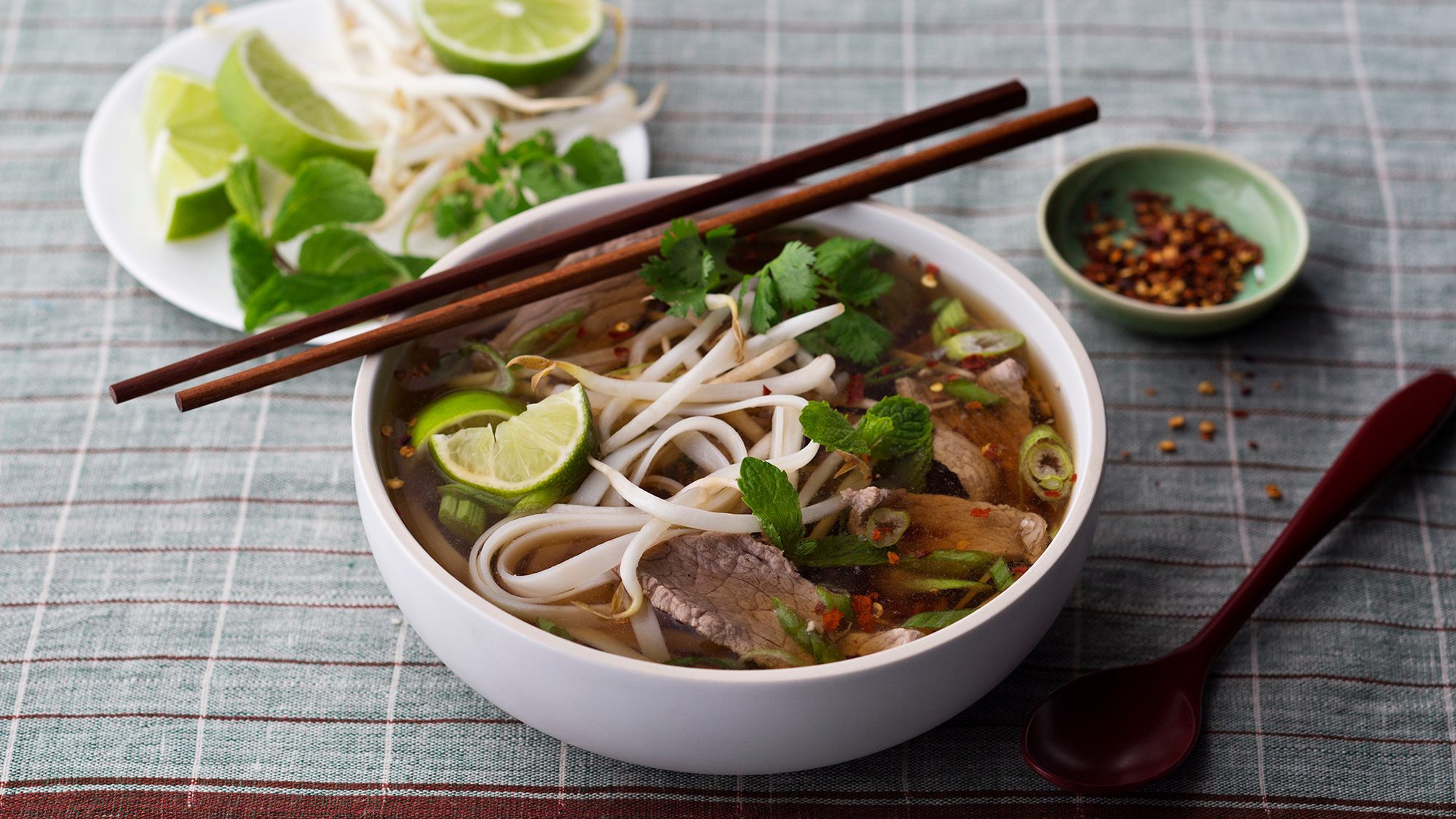It took me a while to warm to pepper, at least as a child. My younger sister, who called pepper “hot salt,” loved it so much, she would sprinkle it on her cantaloupe, a fruit that was commonly served for dessert at my grandmother’s house. I eventually learned to love the pungent, fermented berries – especially white pepper, a pepper that more people should learn to love (and cook with).
White pepper is, in my mind, the true “hot salt,” but the “hot” implies sexiness, rather than mouth-scorching capabilities. Black pepper can read as aggressively pungent, and can pull focus if you’re not careful, whereas white pepper hangs back, subtly upping the savory character of the dish and bringing a little earthy funk.
Both colors of pepper are from the same plant – the Piper nigrum. Black pepper is what you get when you take unripe berries, then dry them with the skin on, which is what gives them their signature wrinkly, black appearance after they’ve been fermented and processed. White pepper is made with fully ripe berries, which are soaked and fermented before the outer layer is removed, leaving behind a kinder, gentler, paler berry.
White pepper is often lauded for its ability to blend into pale foods without any noticeable specks, but I’m more about the flavor. It’s commonly used in Vietnamese, Chinese, Thai, French, and Swedish cooking, and its gentler, more inviting nature makes it the perfect pepper for seasoning poached meat and seafood, delicate broths, and creamy soups and gravies. It’s even good in desserts, like ice cream or crème brûlée.
If you’re not sure where to start with this pale pepper, just use it like you would black pepper. Lately, I’ve been finding myself adding it to everything, while the black peppercorns in my grinder sit, quite dejected. I’ve added it to my onion dip, where it offers savory, funky support to the caramelized onions; scrambled eggs, where it blends into the creamy curds, adding a warm, earthy depth; and fried chicken, because that’s how KFC taught me to do it. (It’s true: White pepper is one of the not-so-secret 11 herbs and spices.) If it’s good enough for the Colonel, it’s good enough for me. I might even try it on some cantaloupe.
This article was written by Claire Lower from Lifehacker and was legally licensed through the Industry Dive Content Marketplace. Please direct all licensing questions to legal@industrydive.com.








